Create Your Classroom Calm Corner:
What actually Works When Setting Up Effective Break Spaces
Sensory Break Space Strategies

**************************************
Join me for an upcoming Workshop:
Can't make these Workshop dates? Join me for a self-paced on-demand course:
Sue Larkey On-Demand Workshops
**************************************
This Weeks Podcast was Created after a Question from Trish:
“I am currently in the middle of setting up a calm corner/area within my senior preschool room (4-5years) my kids understand that this area is to be used when they are feeling overwhelmed or just need a little break away. Would love for ideas on what I can add to this area”
Discussed in this Podcast:
✅ The “Walk Don’t Talk” strategy: Take dysregulated students for a fast-paced walk without asking questions or talking, allowing them to regulate without verbal pressure during survival mode.
✅ Token system for breaks: Give students physical tokens they can place on teacher’s desk without speaking to indicate they need a break – removes verbal demand during stress.
✅ Photo card system: Students use cards with their photo saying “I’m taking a break” or colored cards (red/orange/green) to indicate their regulation level without verbalizing.
✅ 5-minute timer protocol: Set timer for 5 minutes, then check in with body scan and breathing activity, ask if another 5 minutes needed – provides structure for return.
✅ Individual sensory baskets: Create personalized baskets for each child with their preferred items – headphones, specific music, crunchy snacks, sipper bottles with straws.
✅ Jar of de-stressing activities: Strips of paper with activities (read, mini tramp, draw) that students pull out randomly – removes decision-making burden when overwhelmed.
✅ Figure-eight breathing visual: Draw infinity symbol sideways, breathe in one side, out the other – can customize with child’s interests like Lightning McQueen racing track.
✅ Two-student demonstration: Have two children show task first (getting books, lining up) before asking target student – provides visual model without direct demand.
✅ Spinning plate menu: Two paper plates with split pin showing different body break activities – child spins to select without overwhelming choices.
✅ Portable tent for outings: Bring pop-up tent to playgrounds/sports events with sensory tools – creates safe space preventing elopement in community settings.
1. Everyone is different
When you create a calm area ask children what they would like to calm them.

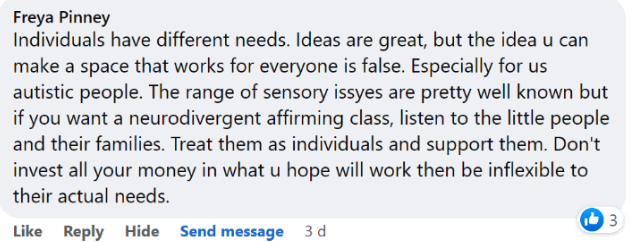
Sue’s TOP Pick for working out different types of breaks and activities for children.

Excerpt from the Book: Strategies to Provide Support When Fast and Emotional

This Book also Includes insights for:
-
Fast and Wiggly
-
Slow and Tired
-
PLUS MANY MORE
2. Teach how to take a break and what type of break they need
The Different Options of Breaks Can Include:
1. Calm Corner
2. Toilet, Drink or Food Breaks
3. Movement Breaks
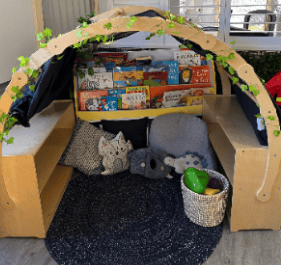

3. High energy areaS
1. Mini Trampoline
2. Circuit on Playground
3. Running
4. Hop Scotch
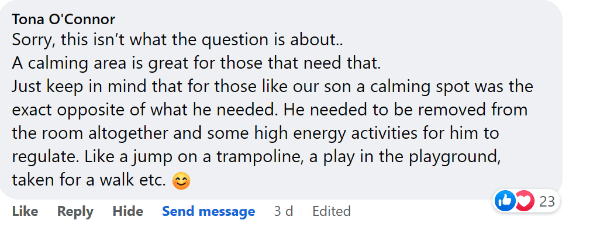
4. Sensory toys and tools
Great Sensory Items:
– Body sock
– Weighted blanket /pillow
– Different textured pillows
– Wooden massagers
– Squishy fidgets
This a link to my favourite sensory tools: https://suelarkey.com.au/sensory-shop/
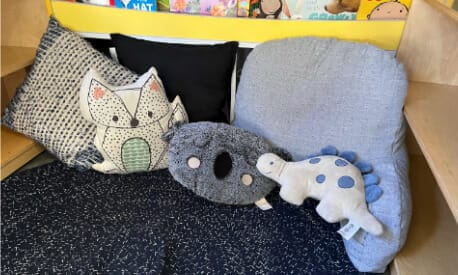
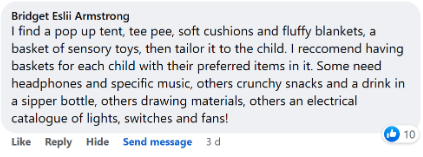
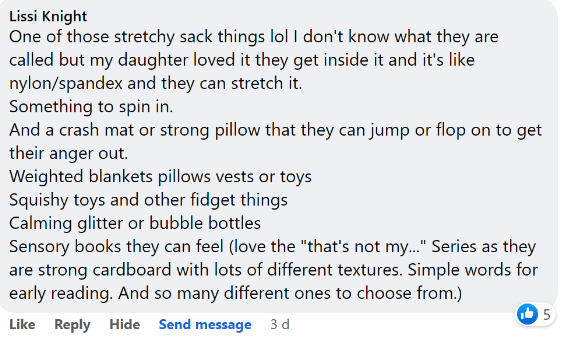
5. The Space
This Space Can Include:
-
A teepee/tent
-
Private area, away from foot traffic
-
Dark

-
Quiet (headphones a good option)
-
Posters

-
Ergonomics
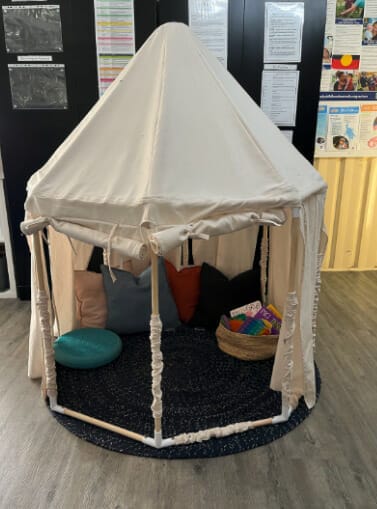
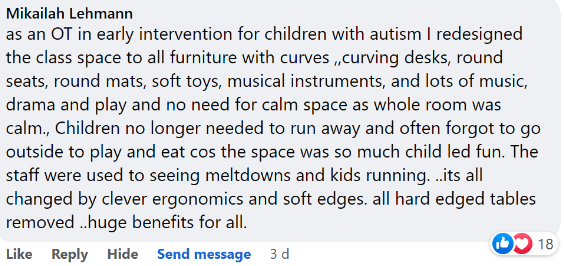
RECOMMENDED COURSES
Understanding Autism Spectrum Disorder: Knowledge to Improve Student Learning, Participation and Outcomes
RECOMMENDED pODCASTS
Great Sensory Tools:
UNDERSTANDING AuDHD: Teaching & Supporting Students with Autism and ADHD Co-occurrence
✅ 2 Hours, 8 Lessons
✅ 6 Weeks to Complete 🎁 Bonus 6 Months Access (available until 28 Oct 25)
✅ Certificate of Completion
✅ Lesson Transcripts
 2 Hours
2 Hours

$149



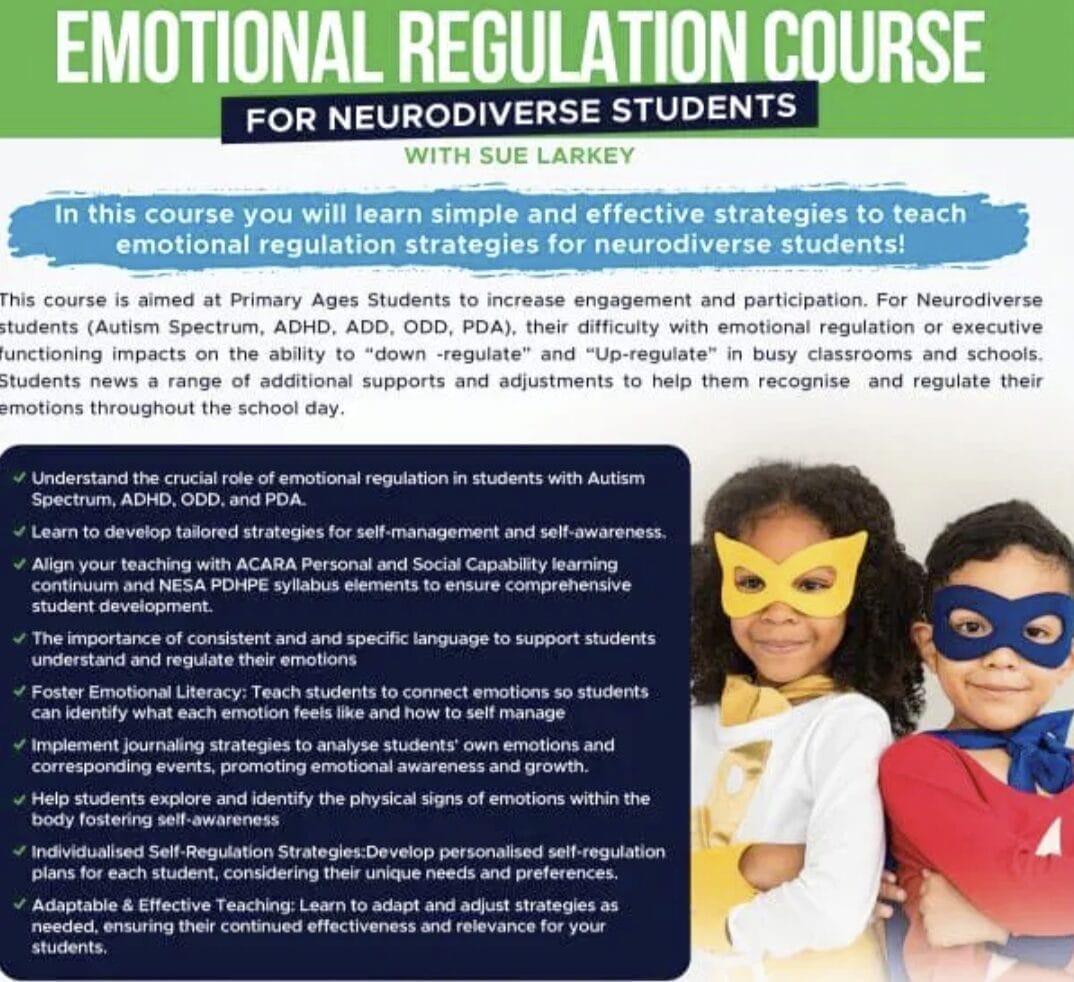
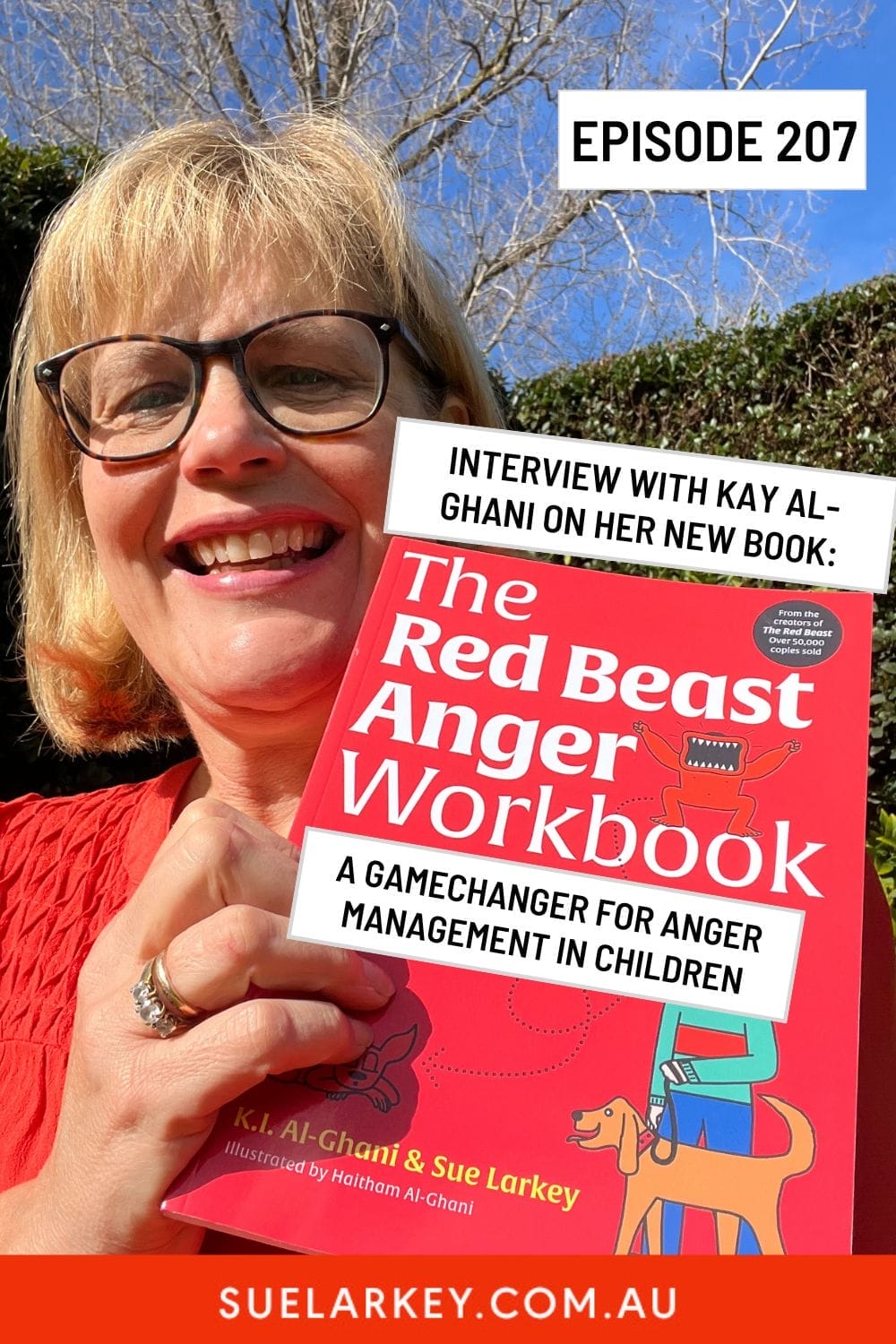
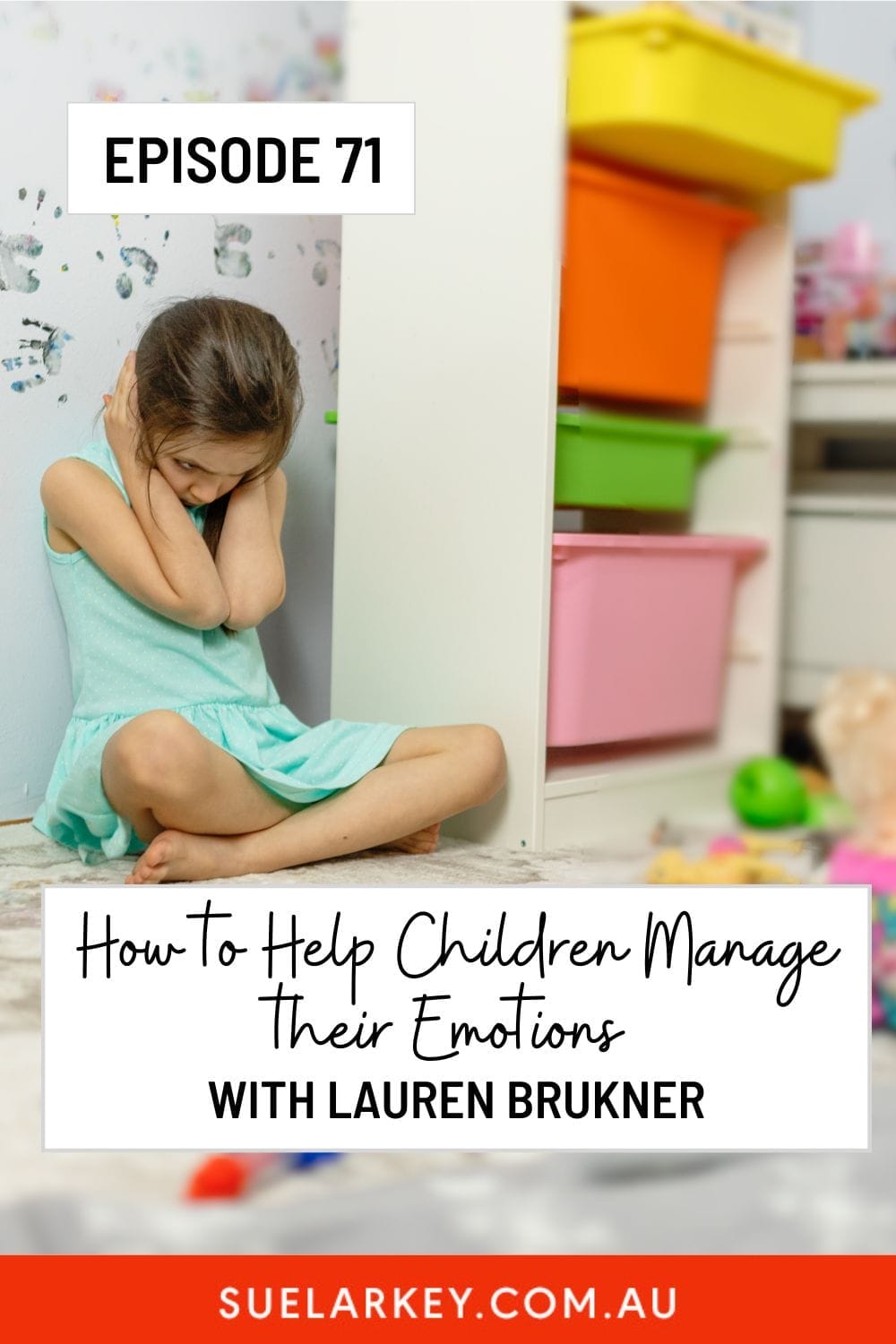
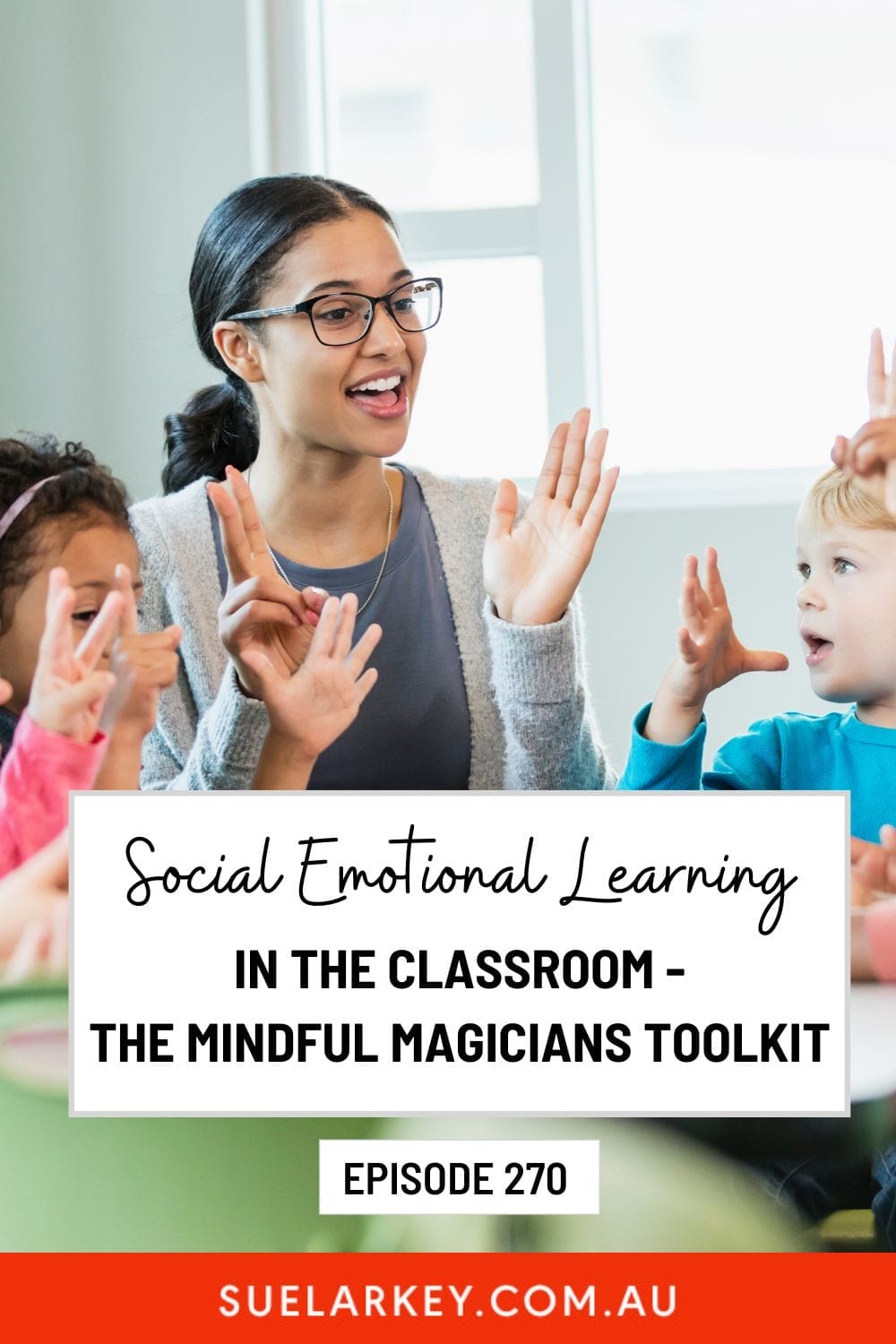
 2 Hours
2 Hours



 Sorry we no longer ship items outside Australia. Please consider the digital versions of Sue’s Books –
Sorry we no longer ship items outside Australia. Please consider the digital versions of Sue’s Books – 